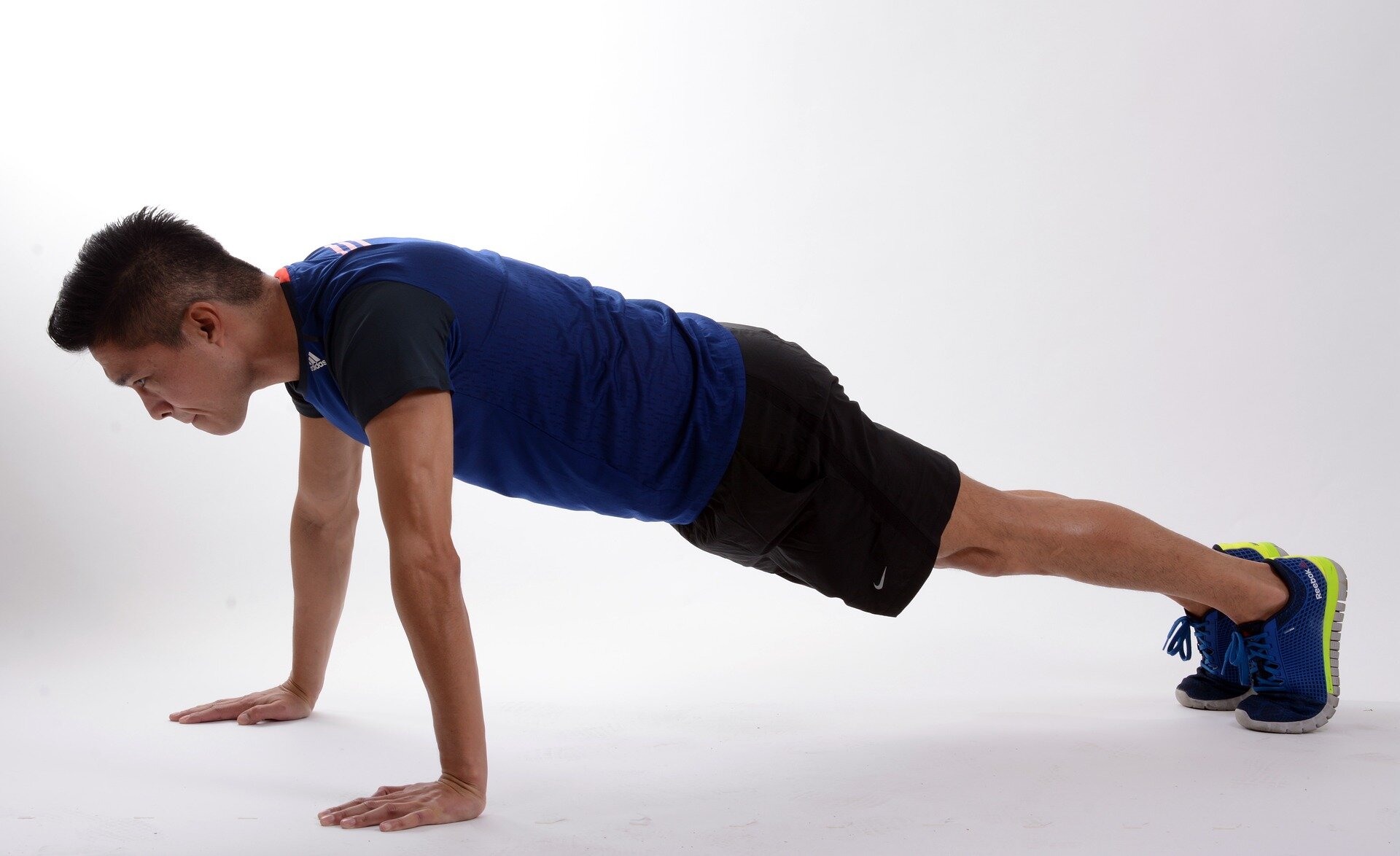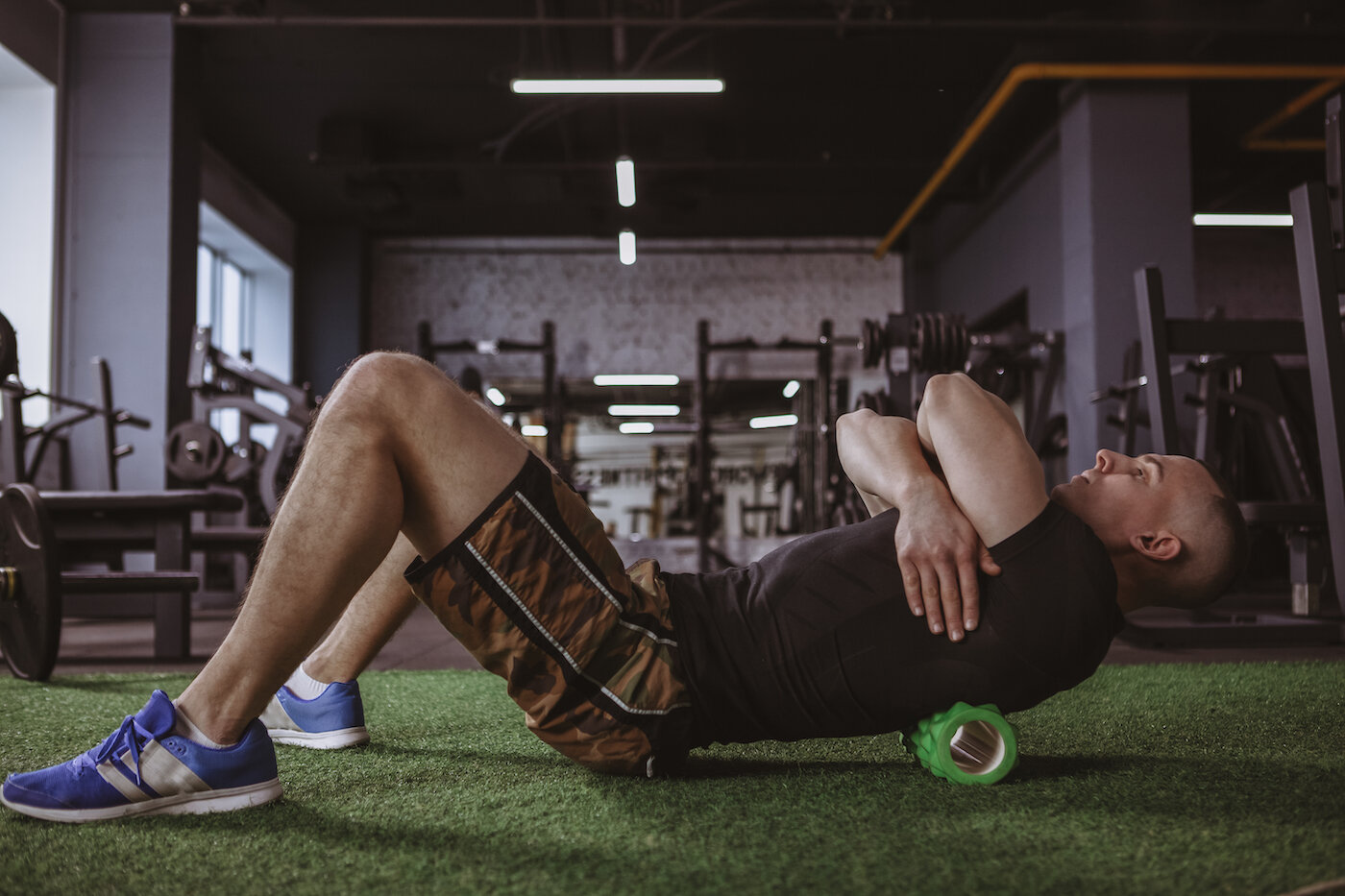SPARC physiotherapist Sinéad Nolan takes us through some of the basics of planning training based on the EXOS training system. The EXOS system is a world renowned training system used with some of the biggest sports stars in the world across sports such as NFL, NBA, Premier League soccer in addition to some of the biggest corporates in the world such as Google.
(Educational Piece Read Time 2-3 mins)
Planning your own training can be a daunting task. During lockdown, many of us are missing structured gym and team training and are left to fend for ourselves. What should you be including in your training to ensure you are best prepared for a return to sport? The EXOS training method looks to create training programs which are sports specific and cover all bases.
Pillar Strength
The first port of call is preparing your “pillar” for the upcoming session. Think of your pillar as everything between your hips and your shoulder – essentially your core redefined. Your pillar is responsible for transmitting force between your limbs, the ground and the implements you may use in your sport. Pillar preparation utilises massage, stretching and activation exercises to specifically prepare the pillar for the upcoming session.
Movement preparation
Movement prep should follow. This involves further activation, dynamic stretching, movement integration and neural activation, specifically chosen to prepare the body for the upcoming session. Dynamic stretching is a vital component of this section and has been shown to augment performance, while static stretching can actually decrease performance if utilised at this stage in the training model.
Plyometrics
Plyometrics are defined as exercises which utilise the stretch shortening cycle to develop force. They should be incorporated into all field sports training programs and should directly map to the upcoming session. For example, an upcoming linear speed session demands linear plyometrics, while a multidirectional session calls for lateral and rotational plyometrics.
Use of a medicine ball is often overlooked but is an incredibly effective way to implement power into our training. Traditional power exercises in the gym such as snatches, cleans and jerks, and even squats and deadlifts performed at speed with intent, are limited by the fact that we must slow the bar down to stop the movement at the end of the rep. Use of a medicine ball allows us to fully exhibit power through the movement as we let the ball go, transmitting force from the ground, through the kinetic chain at into the ball. Use of the medicine ball also facilitates training of rotational power which is vital for performance in sports such as hurling, golf, baseball, cricket and basketball.
Strength & Power
Next up is Strength and Power training, the more traditional gym-based training that most of us are used to. This is incredibly important for building the foundational strength that facilitates development of sports specific movements. However traditional strength and power training is heavily influenced by the sport of Bodybuilding, in which most if not all movements are linear in nature, which does not transfer well to field sport. Developing strength and power through the transverse plane (rotational movement) and frontal plane (lateral movement) is a crucial component of efficient preparation for sport and performance.
Energy systems development
Energy systems development essentially refers to cardiovascular training – that is aerobic and anaerobic training and can be equipment based or field based. Field sports are stop start in nature, requires us to constantly change speed, change direction, make decisions, and perform the skills of the game under pressure and under fatigue. The nature of field sports, particularly GAA, means that we must utilise all three energy systems – that being the ATP system, the glycolytic system and the Aerobic system. We will constantly switch between these systems during a game, and therefore we must train all systems. The most efficient way of doing so is training each independently, on separate days, to improve capacity in each.
Recovery
Last but certainly not least, is a commonly overlooked component of training – regeneration or recovery. We understand that training and competition places great stress on the body, and that stress is cumulative. It is not this stress which makes us better athletes and allows us to progress, but our recovery, which facilitates adaptation and improvement. Essentially without adequate recovery we cannot hope to improve. Recovery includes our nutrition and hydration as well as specific recovery methods such as massage, stretch, compression therapy, and cryotherapy.
Integrating each of these components to our training creates an effective and efficient model which should, when correctly planned and executed, specifically translate into improved sports performance.







